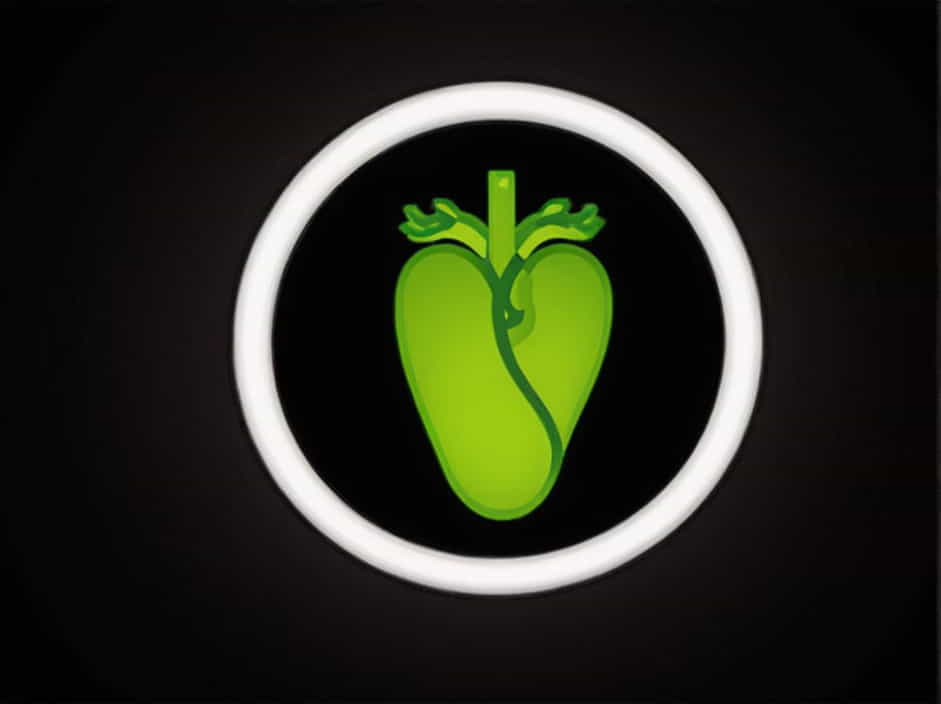The gallbladder is a small but essential organ involved in digestion. Many people wonder, “On what side is the gallbladder?” The gallbladder is located on the right side of the body, beneath the liver. It plays a crucial role in storing and releasing bile, a digestive fluid that helps break down fats.
Understanding the gallbladder’s location, function, and potential health problems is essential for recognizing symptoms of gallbladder diseases like gallstones, inflammation, or infections.
Where Is the Gallbladder Located?
The gallbladder is found in the upper right quadrant (RUQ) of the abdomen, just below the liver. It sits near the:
- Liver (above the gallbladder)
- Stomach (to the left of the gallbladder)
- Small intestine (below the gallbladder)
- Pancreas (near the back of the gallbladder)
This position allows the gallbladder to receive bile from the liver and release it into the small intestine when needed.
Function of the Gallbladder
The gallbladder’s main function is to store, concentrate, and release bile, which helps the body digest fats.
1. Bile Storage
The liver produces bile continuously, but the body does not always need it. The gallbladder stores excess bile for later use.
2. Bile Concentration
While in the gallbladder, bile becomes more concentrated, making it more effective at digesting fats.
3. Bile Release
When you eat fatty foods, the gallbladder contracts, pushing bile into the common bile duct and then into the small intestine. This helps break down fats into smaller molecules that can be absorbed by the body.
Common Gallbladder Problems
Several conditions can affect the gallbladder, causing pain, discomfort, and digestive issues.
1. Gallstones (Cholelithiasis)
Gallstones are hardened deposits of bile that can form inside the gallbladder. They may be made of cholesterol, bilirubin, or calcium salts.
Symptoms of Gallstones:
- Pain in the right upper abdomen (especially after eating fatty foods)
- Nausea or vomiting
- Indigestion and bloating
- Pain radiating to the right shoulder or back
2. Gallbladder Inflammation (Cholecystitis)
Inflammation of the gallbladder can occur due to gallstones, infections, or blockages.
Symptoms of Cholecystitis:
- Severe pain in the upper right abdomen
- Fever and chills
- Nausea and vomiting
- Tenderness in the right upper quadrant
3. Gallbladder Infection
A bacterial infection can develop if the bile ducts become blocked, leading to pain, fever, and jaundice (yellowing of the skin and eyes).
4. Biliary Colic
This is a temporary blockage of the bile duct by gallstones, causing sharp pain that comes and goes, usually after eating.
5. Gallbladder Cancer
Gallbladder cancer is rare but can be serious if not detected early. Symptoms may include persistent pain, jaundice, and weight loss.
Who Is at Risk for Gallbladder Disease?
Several factors can increase the risk of gallbladder problems:
- Obesity: Excess cholesterol can lead to gallstones.
- High-fat diet: Increases bile cholesterol levels.
- Rapid weight loss: Causes an imbalance in bile composition.
- Pregnancy: Hormonal changes can slow bile flow.
- Diabetes: Can contribute to gallbladder dysfunction.
- Family history: Genetics may play a role.
Diagnosis of Gallbladder Problems
Doctors use several tests to diagnose gallbladder conditions:
- Ultrasound: The most common method for detecting gallstones.
- CT scan or MRI: Provides detailed imaging of the gallbladder and bile ducts.
- HIDA scan: Evaluates gallbladder function using a radioactive tracer.
- Blood tests: Detect infections or liver-related issues.
Treatment Options for Gallbladder Conditions
Treatment depends on the severity of the condition:
1. Lifestyle and Dietary Changes
For mild gallbladder problems, doctors often recommend:
- Eating a low-fat diet to reduce bile production.
- Drinking plenty of water to prevent bile thickening.
- Maintaining a healthy weight to lower cholesterol levels.
2. Medications
Certain drugs may help dissolve gallstones, but they are not always effective and take months to work.
3. Gallbladder Removal Surgery (Cholecystectomy)
If gallstones or inflammation cause severe symptoms, gallbladder removal may be necessary. This can be done through:
- Laparoscopic surgery (minimally invasive): Small incisions, faster recovery.
- Open surgery: Required in complicated cases.
People can live normally without a gallbladder, as bile will flow directly from the liver to the intestine.
What Happens If You Ignore Gallbladder Issues?
Untreated gallbladder problems can lead to serious complications, including:
- Blocked bile ducts, causing severe pain and infections.
- Pancreatitis (inflammation of the pancreas) due to bile duct blockage.
- Gallbladder rupture, which is a medical emergency.
The gallbladder is located on the right side of the abdomen, beneath the liver. It plays a key role in storing and releasing bile for digestion.
Common gallbladder issues include gallstones, inflammation, and infections, which can cause pain and digestive problems. Diagnosis typically involves imaging tests, and treatment options range from dietary changes to gallbladder removal surgery.
If you experience persistent pain on the right side, consult a doctor to rule out gallbladder disease and prevent complications.
